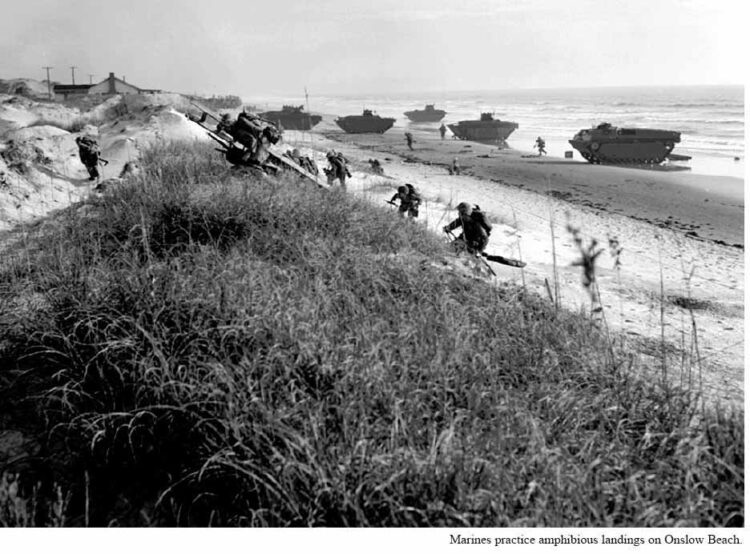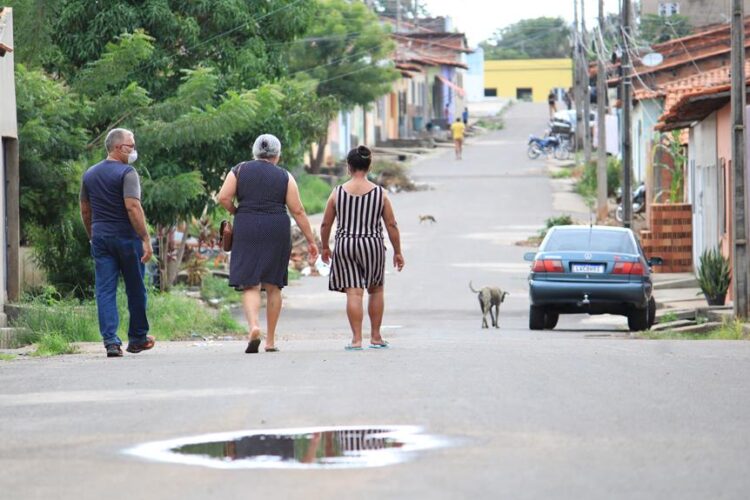The tragedy at Camp Lejeune, a significant environmental disaster, has precipitated a complex legal struggle for victim compensation. This article explores the historical context, health impact, government role, and legal rights pertinent to Camp Lejeune’s residents.
It delves into successful claims, and legal roadblocks, and offers advice for victims seeking redress. The analysis concludes by contemplating future prospects for legal rights in similar environmental crises.
Page Contents
Understanding the Tragedy of Camp Lejeune
The tragedy of Camp Lejeune necessitates a comprehensive examination, particularly in relation to the long-term health effects experienced by residents and the resultant legal implications. Established as a military training facility, Camp Lejeune played host to a significant environmental disaster. From 1953 to 1987, the base’s water supply was contaminated by hazardous chemicals, a fact that remained undisclosed to its inhabitants for decades.
This incident underscores the issue of military accountability, a topic of increasing relevance in an era of heightened environmental awareness. The United States military, as a governmental entity, is tasked with the welfare and safety of its personnel. In the case of Camp Lejeune, the military’s failure to provide a safe living environment resulted in widespread health effects, including cancers, neurological disorders, and birth defects among residents.
The subsequent legal proceedings have largely focused on victim compensation. This is a complex issue, involving considerations of negligence, duty of care, and the application of the Feres doctrine, which limits the liability of the military for injuries sustained by service members. While the government has acknowledged the link between the contamination and certain medical conditions, compensation has been inconsistent.
In 2012, the Janey Ensminger Act was passed, providing medical care for affected residents. However, this falls short of comprehensive compensation for damages suffered. It is clear that the tragedy of Camp Lejeune offers critical insights into the intersection of environmental law, military accountability, and victim compensation. It serves as a stark reminder of the devastating health and legal consequences of environmental neglect.
Historical Context of Camp Lejeune

Source: lejeune.marines.mil
The establishment of Camp Lejeune, a prominent United States Marine Corps base in North Carolina, warrants a comprehensive exploration. Notably, this exploration should cover its inception, the timeline of significant incidents, and the consequent environmental impact.
An analysis of the timeline of the notable incident presents a concerning chronicle of events. This chronicle is characterized by legal and environmental issues that have had significant implications for both human health and ecological integrity.
A thorough investigation of the base’s environmental impact history is also necessary. Specifically, the contamination of drinking water reveals profound and lasting repercussions. This underscores the necessity for stringent regulations and remediation strategies in military bases.
Camp Lejeune’s Establishment
Established in 1941, Camp Lejeune in North Carolina quickly became a prominent military training facility for the United States Marine Corps. Its unique geography, encompassing 246 square miles of coastal plains, provided an ideal setting for diverse Marine training scenarios. This complex landscape, paired with the facility’s advanced infrastructure, offered realistic training environments replicating potential combat zones.
Furthermore, the amphibious nature of Lejeune’s geography supported the Marine Corps’ mission of maintaining readiness for maritime operations. However, the expansive nature of the facility and its intensive use led to considerable environmental impacts. These impacts, in turn, have given rise to a myriad of legal issues, particularly concerning the health and safety of those residing or working on the base.
Notable Incidents Timeline

Source: lejeune.marines.mil
Notable incidents at this prominent military training facility have occurred over time, warranting a comprehensive timeline for better understanding and study.
Commencing in the 1950s, Camp Lejeune’s water supply was contaminated with volatile organic compounds (VOCs), primarily consisting of perchloroethylene (PCE), trichloroethylene (TCE), and benzene. The primary contaminant sources were on-base leaking storage tanks, industrial area spills, and waste disposal sites.
The military responsibility to ensure safe living conditions was breached, resulting in adverse health effects among residents. Despite the discovery of contaminants in the 1980s, remedial actions were inadequate.
In 2012, the Honoring America’s Veterans and Caring for Camp Lejeune Families Act were enacted, acknowledging the legal rights of affected individuals.
This timeline underscores the importance of regulatory compliance and proactive environmental management in military operations.
Environmental Impact History
Historical analysis of environmental impact reveals a substantial legacy of contamination and subsequent health implications at many military facilities. Such occurrences are often attributed to toxic exposure and military negligence. A case in point is Camp Lejeune, where contamination of drinking water resulted from the improper disposal of hazardous waste.
The correlation between specific contaminants and their potential health hazards. The Camp Lejeune incident underscores the significance of stringent environmental protocols and the dire consequences of their neglect within military establishments.
The Health Impact on Camp Lejeune’s Residents

Source: lawsuitlegit.com
Research reveals a significant correlation between the contamination of Camp Lejeune’s water supply and the development of serious health conditions among its residents. The toxic substances found in the water, including trichloroethylene, perchloroethylene, benzene, and vinyl chloride, have been associated with various illnesses.
- Health Consequences: The contaminated water at Camp Lejeune has been linked to a range of serious health conditions. These include, but are not limited to, several types of cancers, leukemia, non-Hodgkin’s lymphoma, Parkinson’s disease, and birth defects in children born to parents who were exposed.
- Medical Support: Veterans and family members who lived at Camp Lejeune for at least 30 days between August 1953 and December 1987 may be eligible for medical benefits through the Department of Veterans Affairs (VA).
- Scientific Findings: Numerous studies have been conducted to investigate the correlation between exposure to contaminated water and health outcomes. The results show a significant association in many cases.
- Legal Considerations: Legal rights for the victims have been a matter of significant debate. The Camp Lejeune Justice Act of 2020 was introduced in the U.S. Congress to provide relief for victims, but it has not yet been passed into law.





